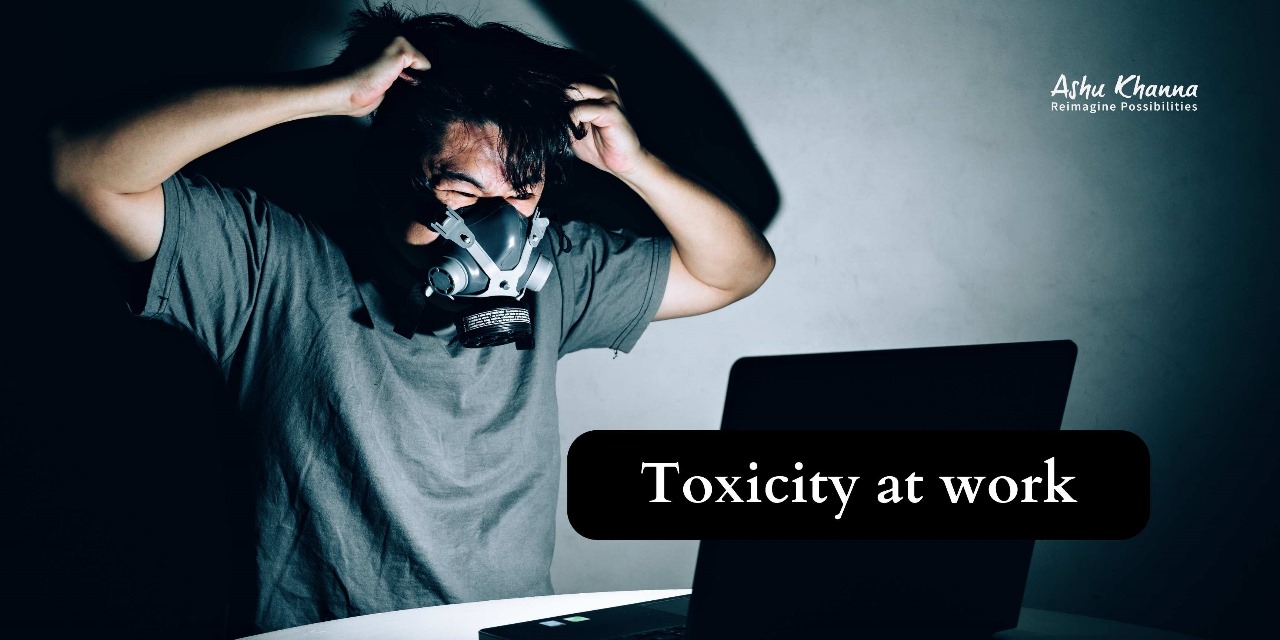Published on Sep 23, 2024 • 4 Min read

Have we forgotten that we are human beings, with the unique ability to be innovative and compassionate? Are we treating people like machines rather than harnessing their potential by giving them a happy place to work. Even machines need a break and servicing to work optimally.
Negative impact of Toxicity
According to a study by Gallup, negative working conditions erode employee motivation, wellbeing and overall job satisfaction lead to a range of negative consequences for both individuals and organizations, including:
- Decreased productivity: Toxic workplaces can reduce productivity by 22% due to factors such as absenteeism, decreased morale, and reduced job satisfaction.
- Increased healthcare costs: Employees working in toxic environments are more prone to health problems such as stress, anxiety, depression, and physical ailments, leading to increased healthcare costs for both individuals and organizations. A study by McKinsey & Company found that toxic workplaces can increase healthcare costs by 13%.
- High turnover rates: Toxic workplaces can contribute to high turnover rates, making it difficult for organizations to retain top talent. A study by SHRM found that toxic work environments can cost U.S. businesses up to $23.3 billion annually due to turnover.
- Legal issues: Toxic workplaces can increase the risk of legal and reputation issues, such as lawsuits related to discrimination, harassment, or wrongful termination.
Explore Managing Emotions at the Workplace to learn how emotional intelligence and self-regulation can help leaders create a healthier, more supportive work environment, reducing toxicity and fostering a culture of well-being.
Strategies to build healthier workplaces
A culture of happiness promotes at least 30% higher productivity, creativity and well-being. Europe is ranked as the top region for work-life balance, with India ranked 43rd and the United States ranked 53rd. According to a study, 61% of people would not accept a job if it disrupted their work-life balance, and a significant 83% would even be willing to accept lower pay for a better balance. Here are some strategies to build a healthier working environment:
- Encourage open and honest communication at all levels of the organization. Create a safe space where employees feel comfortable sharing their concerns without fear of reprisal.
- Promote a culture of respect and civility among all employees. Set clear expectations for behavior and address any instances of bullying or harassment promptly.
- Fair and equitable treatment for all employees. Avoid favoritism and provide equal opportunities for growth and development.
- Promote a healthy work-life balance by offering flexible work arrangements, such as remote work, flexible hours, or compressed workweeks.
- Invest in employee well-being by providing mental health support, stress management programs, and other resources.
- Leader by example to demonstrate your commitment to a healthy working environment.



